This fine Georgian building dates from c1730 and was originally named The White Lion. The inn was owned by the Myddleton family of Ruthin Castle, whose coat of arms featured a white lion. Its main drinking area was next door, in what became a separate building named the Myddleton Arms. The seven dormer windows, set at different levels in its high pitched roof, are known as ‘the eyes of Ruthin’. In c1883, The White Lion became The Castle Hotel.
Photographs and text about The Castle Hotel.
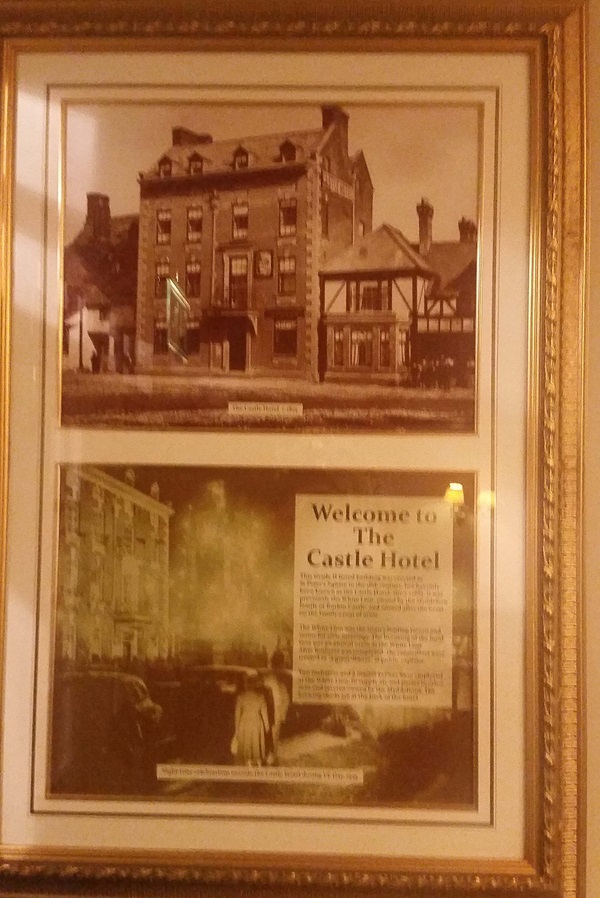
The text reads: This grade II listed building was erected in St Peter’s Square in the 18th century, but has only been known as the Castle Hotel, since c1885. It was previously known as the White Lion, owned by the Myddelton family of Ruthin Castle, and named after the beast on the family’s coat of arms.
The White Lion was the town’s leading tavern and venue for civic meetings. The licensing of the local inns was an annual event at the White Lion. After business was completed, the councillors were treated to “a great dinner” at public expense.
Two maltsters and a master brewer were employed at the White Lion, to supply ale and porter to other inns and taverns owned by the Myddeltons. The brewing sheds are at the back of the hotel.
An illustration of Sir Thomas Myddelton, Lord of Ruthin.
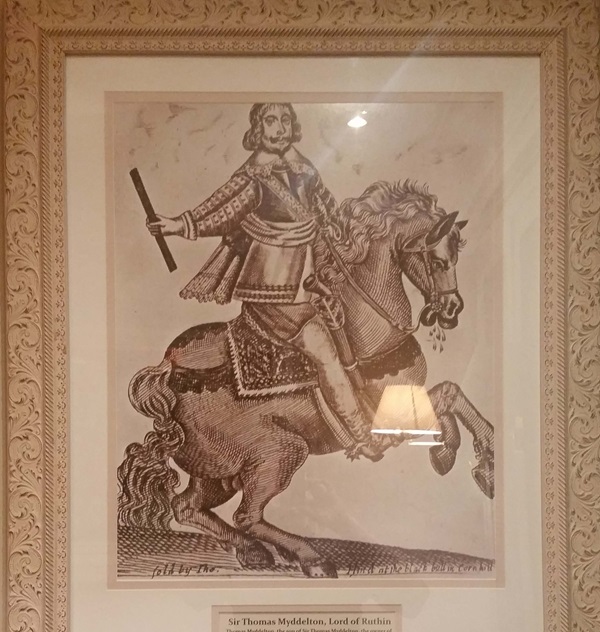
Text about Ruthin Castle.
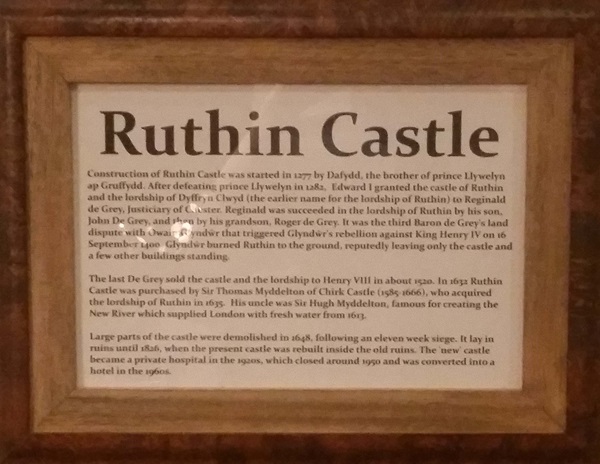
The text reads: Construction of Ruthin Castle was started in 1277 by Dafydd, the brother of Prince Llywelyn ap Gruffydd. After defeating Prince Llywelyn in 1282, Edward I granted the castle of Ruthin and the lordship of Dyffryn Clwyd (the earlier name for the lordship of Ruthin) to Reginald de Grey. Reginald was succeeded in the lordship of Ruthin by his son, John De Grey, and then by his grandson, Roger De Grey. It was the third Baron De Grey’s land dispute with Owain that triggered Glyndwr’s rebellion against King Henry IV on 16 September 1400. Glyndwr burned Ruthin to the ground, reputedly leaving only the castle and a few other buildings standing.
The last De Grey sold the castle and the lordship to Henry VIII in about 1520. In 1632 Ruthin Castle was purchased by Sir Thomas Myddelton of Chirk Castle, who acquired the lordship of Ruthin in 1635. His uncle was Sir Hugh Myddelton, famous for creating the New River which supplied London with fresh water from 1613.
Large parts of the castle were demolished in 1648, following an eleven week siege. It lay in ruins until 1826, when the present castle was rebuilt inside the old ruins. The new castle became a private hospital in the 1920s, which closed around 1950 and was converted into a hotel in the 1960s.
Text about the Prince of Wales.
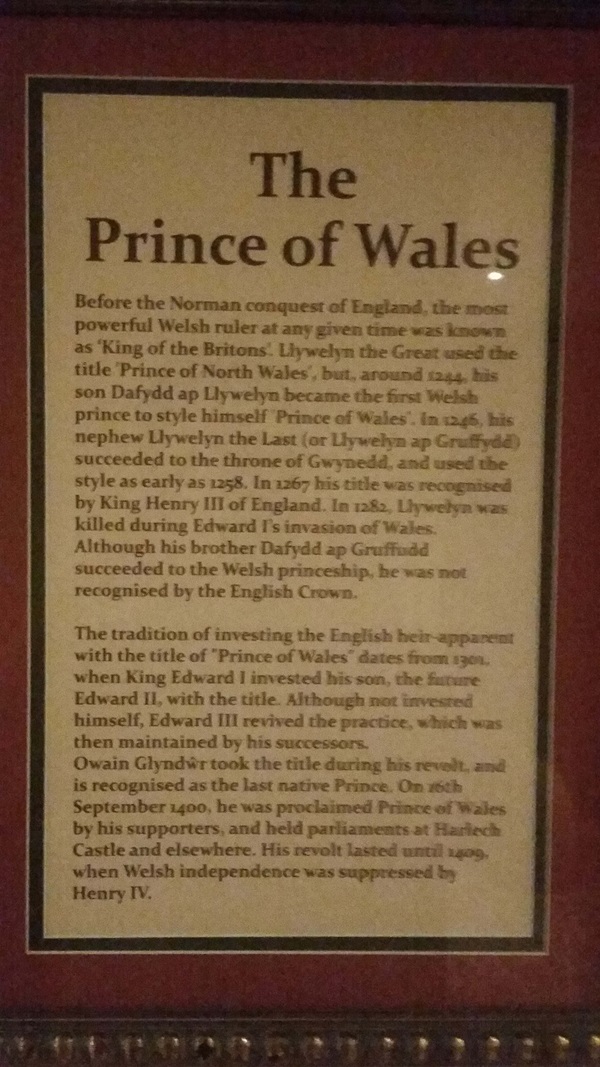
The text reads: Before the Norman conquest of England, the most powerful Welsh ruler at any given time was known as ‘King of the Britons’. Llywelyn the Great used the title ‘Prince of North Wales’, but around 1244 his son Dafydd ap Llywelyn became the first Welsh prince to style himself ‘Prince of Wales’. In 1246 his nephew Llewelyn the Last (or Llywelyn ap Gruffydd) succeeded to the throne of Gwynedd, and used the style as early as 1258. In 1267 his title was recognised by King Henry III of England. In 1282, Llywelyn was killed during Edward I’s invasion of Wales. Although his brother Dafydd ap Gruffudd succeeded to the Welsh princeship, he was not recognised by the English Crown.
The tradition of investing the English heir-apparent with the title of ‘Prince of Wales’ dates from 1301, when King Edward I invested his son, the future Edward II, with the title. Although not invested himself, Edward II revived the practice, which was then maintained by his successors.
Owain Glyndwr took the title during his revolt, and is recognised as the last native prince. On 26 September 1400 he was proclaimed Prince of Wales by his supporters, and held parliaments at Harlech Castle and elsewhere. His revolt lasted until 1409, when Welsh independence was suppressed by Henry IV.
A photograph of the Castle Hotel in St Peter’s Square, c1910.
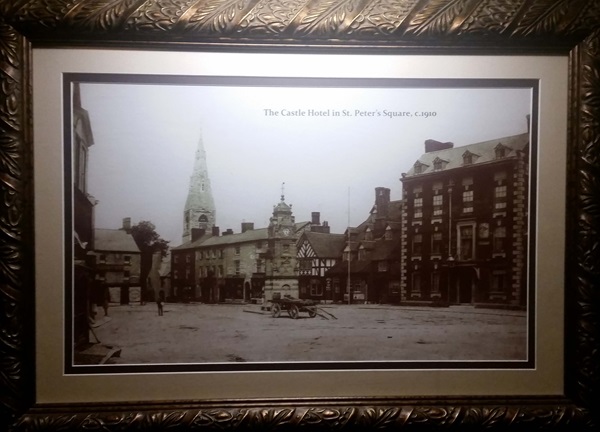
An illustration of Ruthin Castle.
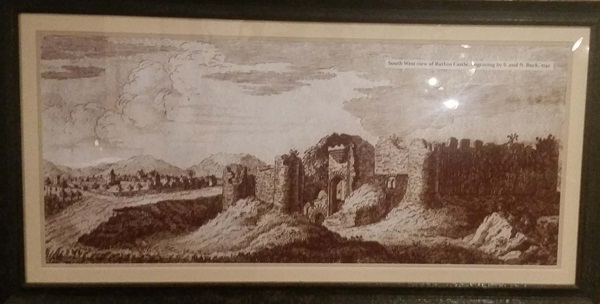
The Seal and Coat of Arms of Owain Glyndwr, by Ann Bridges.
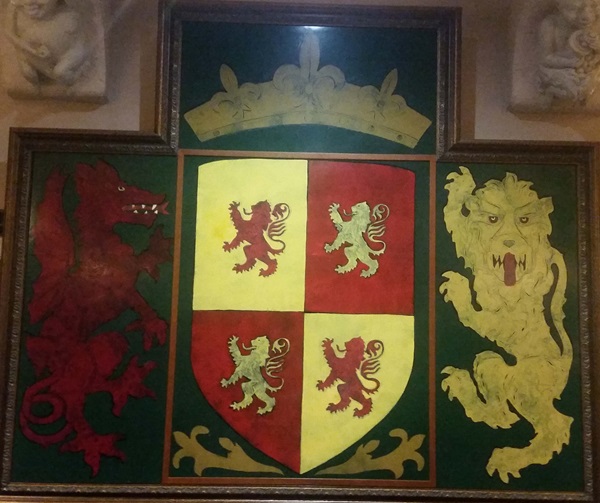
External photograph of the building – main entrance.
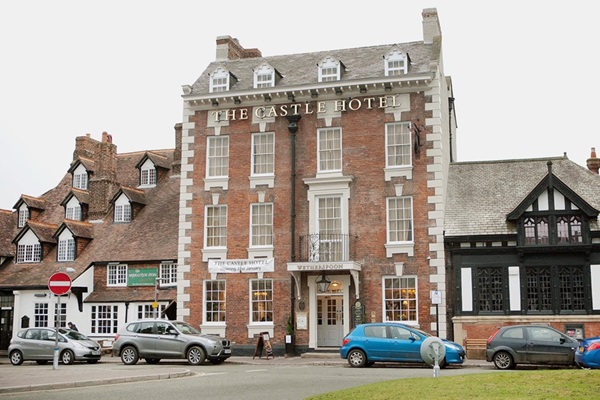
If you have information on the history of this pub, then we’d like you to share it with us. Please e-mail all information to: pubhistories@jdwetherspoon.co.uk